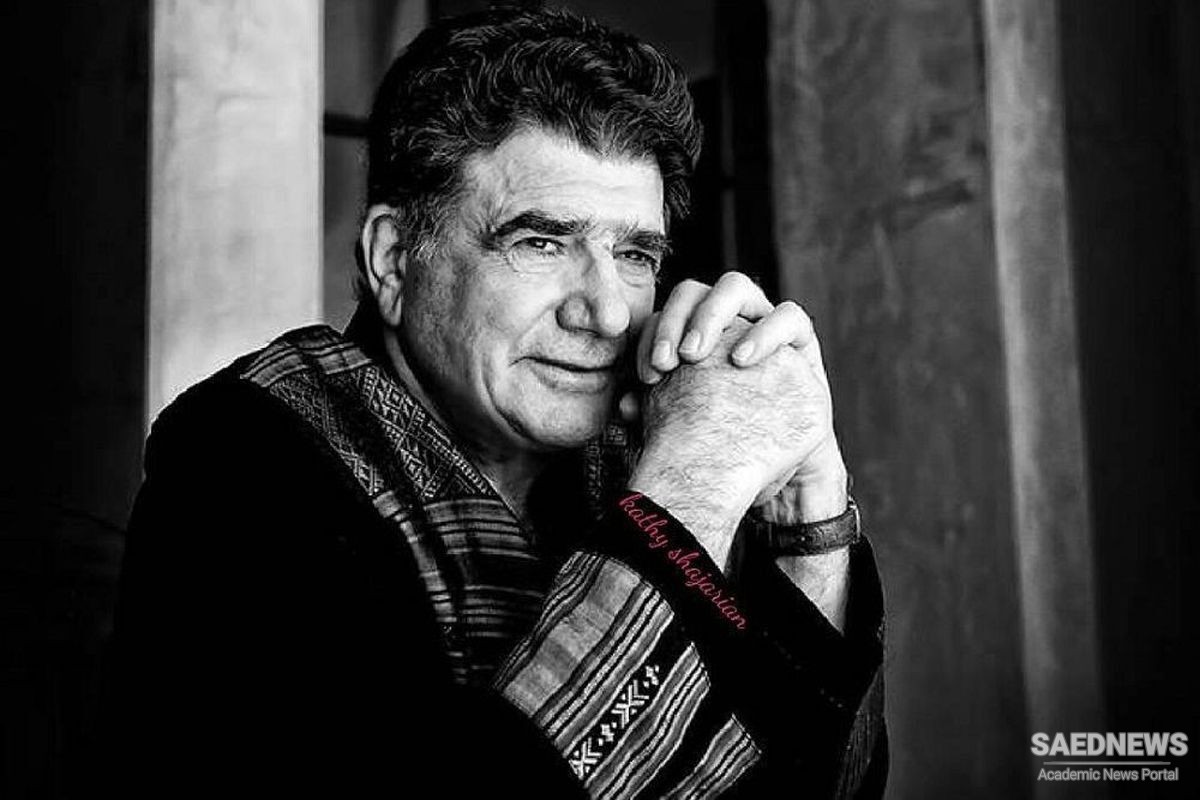The word avaz has many different meanings in the Persian language. In this study avaz is defined as sung classical Persian poetry characterized by unmetered, melodic modality based on the dastgah system, and improvisatory performance practice.This form offers the possibility of change, flexibility, and rich, powerful expression in varying sociopolitical and cultural circumstances. It is very closely related to language, especially the arts of diction and recitation. At its best avaz can convey to the listener the true message of the word and the poem.
The nonmetric flexibility of the form enables the singer to adjust and adapt the melody as needed for the best expression of the meaning and intent of the poem. The freedom of rhythm in these melodies helps the singer to bring out the full potential of the words without unnecessary rhythmic restrictions. In the context of traditional Persian music melodies and songs have various expressive functions such as "tension and release,n "call and response,n and rhetorical repetition, among others. Within the performance of avaz these techniques can take their true form in a close relationship with the poem. In such a performance an accomplished artist can deepen the meaning of a poem and even add a new layer of meaning to it.
Throughout the history of Persian music the art of avaz has been one of the most important ways of orally conveying of the message of the poem to the listener-declamation and recitation being other oral means. Depending on the prevailing message and purpose of the word, the techniques can change. Each technique has emerged and evolved to respond to different needs and purposes. For example, in the rowze khiini (a form of religious singing), marsie: khiini (expressing grief), masnavi khiini (sung renderings of Rumi's Masnavi) or zikr (mantra-like invocation), the techniques change according to the meaning and circumstances of the performance.
Similarly, avaz is a form of singing with deep roots in our culture, it can change with the circumstances and convey the pains and aspirations of the people, and the most accomplished, dedicated artist performing it becomes an icon for the era during which they perform and even for future generations. Mohammad Reza Shajarian has achieved this status both nationally and internationally and is regarded as the most creative and inimitable artist performing in this genre over the past century
The relationship of music and poetry and the relative role of each in the expression of meaning has varied and changed over time according to different situations throughout Iranian history. The work of Ostad Shajarian in the art of avaz, in the marriage of music and poetry, has moved through a brilliant trajectory that culminated in the "mature style he arrived at in the 1980s. He now to more innovative compositional approach to avaz, interiorizing the poem and drawing out its hidden music, weaving it with the words with such sincerity and strength that the listener feels it is the poet who is singing. For many contemporary Iranians, the works of many of the most important mystics and poets of Iran become accessible and immortalized through the avaz of Shajarian.
He uses the wisdom and poetry of ancient mystics and scholars to convey the messages of today. Because of current sociopolitical confusions and conflicting contemporary ideas and assertions, the timeless wisdom of mystics hke Rumi or Hafez are trusted and more attractive to listeners. This wisdom and the messages contained within it are still relevant, and in the avaz of Shajarian they are revisited and conveyed in a new form. Ancient, trusted wisdom becomes the trusted and appreciated wisdom of today through his avaz.
Avaz has changed with the sociopolitical developments and upheavals throughout Iranian history, and due to its flexibility, it can adapt to the needs of both secular and sacred singing. There are, however, specific qualities and criteria that are always present in the most excellent performances of avaz, qualities that elude the majority of singers. Some of these include: a special voice quality with extensive range, sincerity, strong connection and harmony of the voice with the soul of the singer, dedication and love of the art form and a lifetime of work.
The artist needs to have attained a deep understanding and knowledge of the history, the culture, poetry, art, and musical traditions of Iran. As the poem and the music are the most important tools for transferring these aspects of the culture to the listener, the artist must also have an in-depth awareness and knowledge of the mystic traditions of Persian poetry and music. The confluence of these diverse attributes and qualities in one person is very rare and it is for this reason that there have been very few artists of the caliber of Ostad Shajarian in the history of avaz in Iran. As Hafez said, "beyond beauty a thousand other attributes have to come together for one to be embraced by the wise," and without exaggeration, Shajarian demonstrates all of these attributes in his avaz.


 Beshno Az Ney, Mohammad Reza Shajarian
Beshno Az Ney, Mohammad Reza Shajarian














































